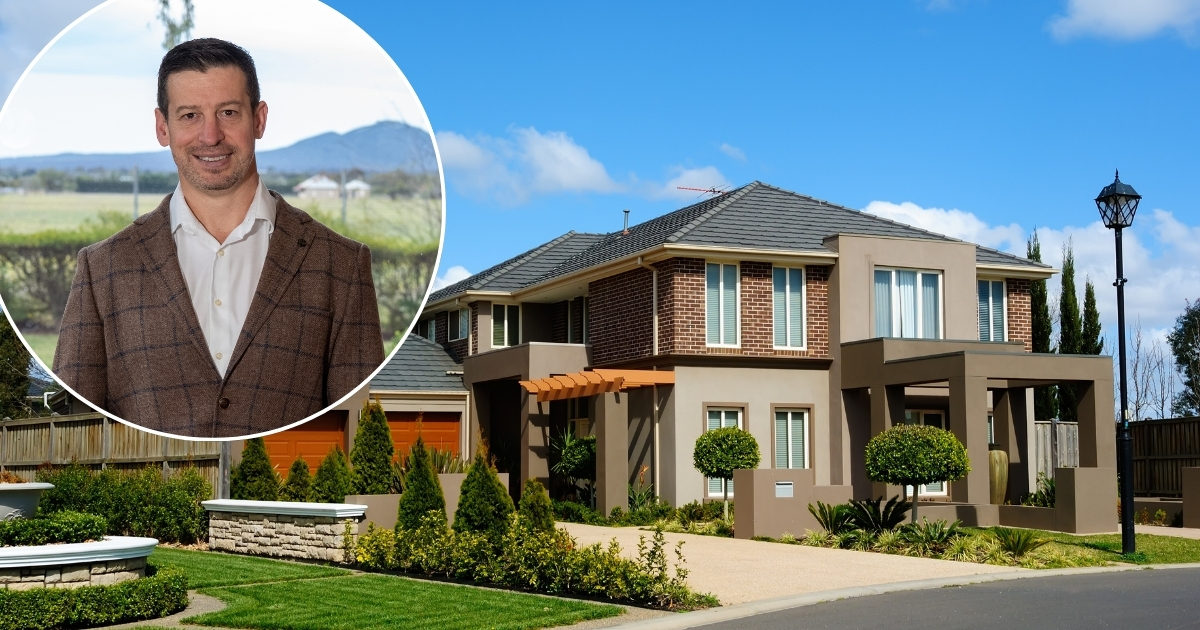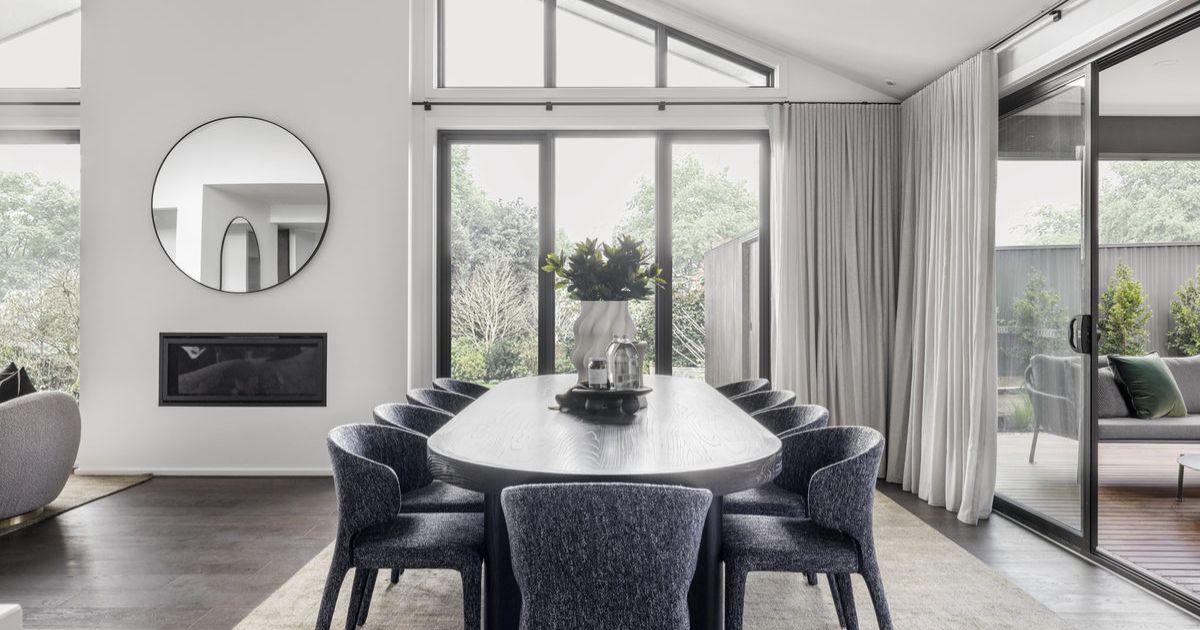Town by town snapshot: Lorne
Town Profile: Lorne
The size of the Lorne district is approximately 104.7 square kilometres with the population of Lorne recorded at 1,393 people in 2011 and by the 2016 Census the population was 1,120 showing a population decline of 19.6 per cent in the area during that time.
The declining permanent population in this very popular resort town is somewhat of a dilemma that has been pondered over by all levels of government for many years.
Although there has been a steady increase in housing stock over the decades, the resident population continues to decline as many locals are priced out of both the real estate, and rental market.
This dilemma causes staffing issues for local businesses as most staff cannot afford to stay in Lorne and must commute, which is difficult during peak periods as the town reaches capacity.
Although separated from the Western District pastoral areas by the Otway Ranges, a small pastoral holding was established there in 1852 when the Mountjoy family acquired the run in 1874 and built a permanent homestead.
Known as Loutitt Bay, the area had the appeal of tree fern gullies, the Erskine River and falls, the river estuary and a beach.
In 1868 the Mountjoys opened a guest house for the increasing numbers of visitors.
The following year a town was surveyed, and named Lorne in honour of the Marquis of Lorne, the husband of Princess Louise, a daughter of Queen Victoria.
A road from Deans Marsh to Lorne was built in 1872 and Erskine House, the grand Pacific Hotel and the Lorne Hotel were built by 1878.
Lorne’s census population doubled between the mid-1930s and 1947 and the provision of camping and caravan grounds brought different crowds.
Surfing’s popularity grew along the coast from Torquay to Lorne, and Lorne became renowned for boisterous beach side behaviour on New Year’s Eve.
By the 1980’s seven guest houses were closed, leaving only Erskine House and the Chalet.
In 1984 a Colac property developer, David Marriner, acquired the Cumberland guest house. He advocated a change in accommodation styles if conservative Lorne were to at least maintain, let alone advance, its local economy.
Multi-storey time share units were built on the Cumberland and adjoining sites, despite local resistance which considered the development an intrusion in the tree lined amphitheatre.
The annual 1.2 km Pier to Pub swim (1980) is held each January.
CoreLogic data indicates that the predominant age group in Lorne is 60-69 years with households in Lorne being primarily childless couples and are likely to be repaying $1,800 – $2,399 per month on mortgage repayments, and in general, people in Lorne work in a managers’ occupation.
In 2011, 69.4 per cent of the homes in Lorne were owner-occupied compared with 65 per cent in 2016. The median sales price of houses in the area is presently $1.1 million.
Population: 1,120
Male: 48.8%
Female: 51.2%
Median age: 53
5 year population change: -19.6%
Median house price: $1,100,000
Change in Median Price: (5yrs) is 35.8%
Median asking rent per week: $450
Average length of ownership: 15
Owner occupiers: 67%
Renters: 33%
Historic median house price:
August 2019: $1,100,000
August 2018: $1,190,000
August 2017: $1,125,000
August 2016: $775,500
August 2015: $850,000
House sales per annum:
Period ending August 2019: 38
Period ending August 2018: 58
Land median sale price:
August 2019: N/A
August 2018: N/A
Land sales per annum:
Period ending August 2019: 5
Period ending August 2018: 5


















